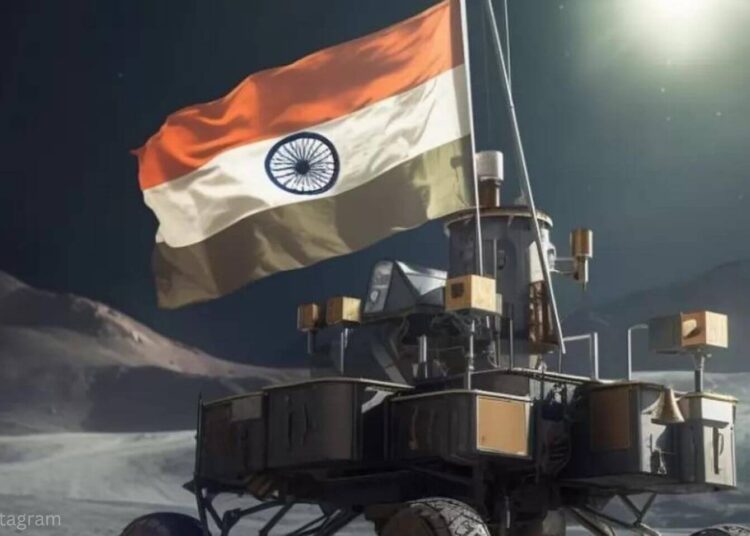India has joined the league of the U.S., China and the former USSR in successfully soft-landing a spacecraft—Chandrayaan 3 (Mooncraft in Sanskrit) on the surface of the moon. Chandrayaan 3 has also become the first to land close to the moon’s south pole.
Chandrayaan-3’s Lander Module (LM) touched down around 8:34 AM EDT, about 15 minutes after initiating its Automatic Landing Sequence (ALS). Indian Space Research Agency (ISRO) control room in Bengaluru, India streamed the images live on YouTube.
It comes just a few days after Russia’s first mission to the moon since 1976 crashed into the lunar surface and was destroyed.
How Chandrayaan-3 will work on the moon
The moon lander Vikram of Chandrayaan-3 will now attempt to measure the mineral composition of the surface of the moon. In comparison with other parts of the moon, the south pole appears to have a greater mineral content. The operation is expected to last two weeks.
Chandrayaan-3, India’s third lunar mission, was launched on July 14, 2023 from the Satish Dhawan Space Center in Andhra Pradesh.
India’s Chandrayaan Missions
On September 6, 2019, when the spacecraft was 2.1km above the lunar surface, communication with the spacecraft was lost, resulting in India’s first attempt to land on the moon ending in failure.
The mission followed up on the original Chandrayaan mission, which orbited the moon in 2009 carrying NASA’s Moon Mineralogy Mapper (M3), an imaging spectrometer that provided the first high-resolution spectral and spatial maps of the Moon.
NASA’s Jet Propulsion Laboratory relied on its data to confirm the first definitive evidence of water on the moon’s surface in 2019.
What made Chandrayaan-3 land at the South Pole of the Moon
The south pole of the moon has permanent craters that are both permanently in sunlight and permanently in darkness, so there has been a rush to plan missions to explore them. Consequently, there is always solar power and a source of life-giving water, both of which can be used for drinking and even to create oxygen and rocket fuel. As a result, the south pole region is being considered as potential locations for moon bases in the future.
NASA’s Artemis-3 mission is scheduled for the mid-2020s and will land one female and one male astronaut on the surface of the moon at the south pole.









